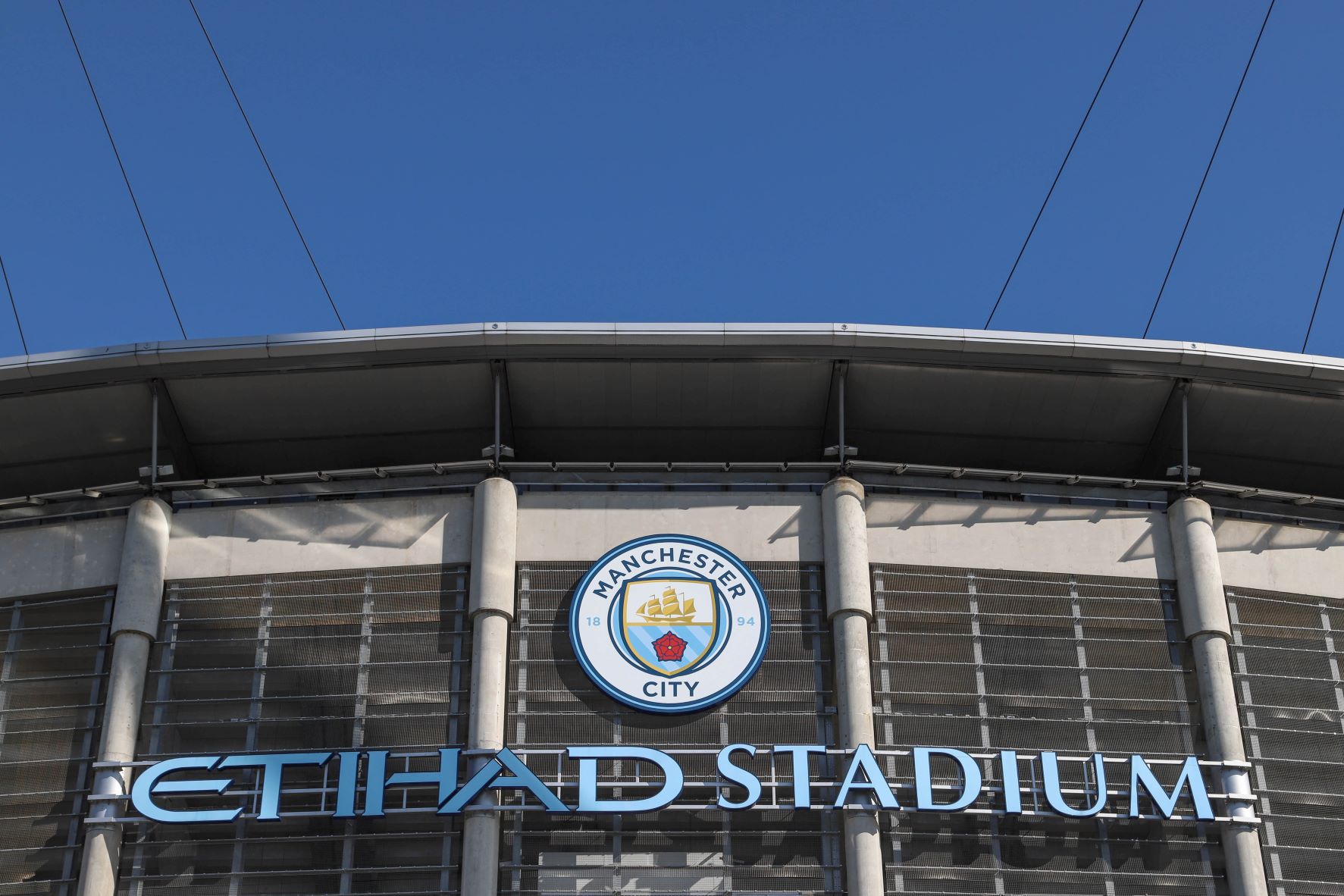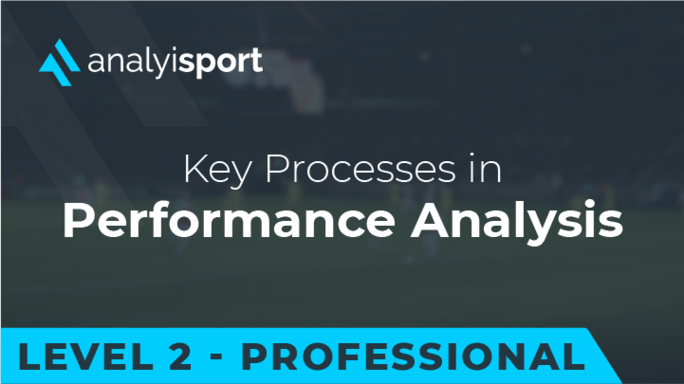How will Pep Guardiola turn Erling Haaland into a City striker?
Now that Pep Guardiola has a conventional centre-forward at his disposal after a season without one, there’s a lot of speculation about how new-signing Erling Haaland will fit into the Manchester City team. Will City change the way they play to accommodate Haaland or will he have to adapt to fit their game plan? The only people who know for sure the role that Guardiola envisions for the former Dortmund striker is the manager himself and the people working alongside him at the Etihad. This will include the performance analysis team.
It’s likely that one analyst in particular, Piet Cremers, will play an important role in integrating Haaland into the Man City team.
Still in his 20s, the Dutch analyst has quickly risen through the ranks at the Etihad. After stints in Dutch football, sandwiched between a year at Brentford, Cremers joined Man City as an Under-23s performance analyst in January 2018. He didn’t stay with the youth team for long. Less than a year after his arrival he was promoted to First Team Performance Analyst. In July 2021, he was promoted again, becoming Head of Performance Analysis and Insights after Aaron Briggs left the role to become Assistant Manager at Monaco.
Cremers doesn’t just crunch the data behind the scenes. He works with players to help them improve their game, something he also did during his time at NAC Breda. His role provides a crucial link between the data science team led by Brian Prestidge and the coaching team. At Man City, performance analysis isn’t just there to give the coaches something to think about. It has an important part to play in developing the talents of individual players and helping them flourish within Guardiola’s tactics.
Cremers and his performance analysts are sure to be working alongside Haaland to help him adapt to his new club and the demands of the English Premier League.
To get a good idea of the kind of work the Dutchman will be doing behind the scenes with City’s new striker, we can look at the impact he previously had on another one of City’s attacking talents. Working alongside Briggs and Arteta, Cremers helped develop Raheem Sterling’s game to make him more of an attacking threat.
“They did a lot of work with Raheem Sterling – on the timing of his runs into the area, on the positions he should take up in the box and his shot selection,” a source who worked at the club has previously told Training Ground Guru.

Sterling has been one of the best performers for Man City since joining from Liverpool in 2015, scoring over 100 goals in more than 300 competitive games for the club, but he didn’t make an immediate impact in front of goal. In his first couple of seasons he failed to find the back of the net on a regular basis. After working with the performance analysis team, he developed into one of Man City’s most lethal finishers—peaking in the 2019/20 season with 31 goals in all competitions, including 20 in the Premier League, which was more than Mo Salah or Harry Kane.
The improvement can also be seen in other data, showing that the areas which Cremers and his colleagues were working on with Sterling had an impact on the player’s performance level. In the 2016/17 season, Sterling’s expected goals average was 0.21. By 2019/20 it has increased to 0.61. Likewise, between the same two seasons the average number of touches he was taking in the penalty area went up from 4.99 to 7.09 and the average amount of progressive runs he was doing grew from 1.85 to 3.2.[Data taken from Wyscout]
Haaland is obviously a different kind of player to Sterling. Although Guardiola is a manger known for his innovative tactics, using a false nine at Barcelona and often setting up Man City without an orthodox striker last season, Haaland is likely to play as a relatively conventional centre-forward. Exactly how he fulfills that role is one of the most intriguing aspects of the coming season, but whatever his precise role, it’s certain that the analysis team will have been working closely with Haaland.
Images:
michael715 – stock.adobe.com
charnsitr – stock.adobe.com
Related Courses:
Share this article
Our Learning Pathways
AnalyiSport is for everyone who is passionate about analysis in football. Where are you in your development journey?
Become a Football Scout
As more clubs than ever look to build data into their recruitment process, an understanding of recruitment analysis is your ticket to success in the game.
Related Articles
Our team provides news and insights from the cutting edge of football analysis.







